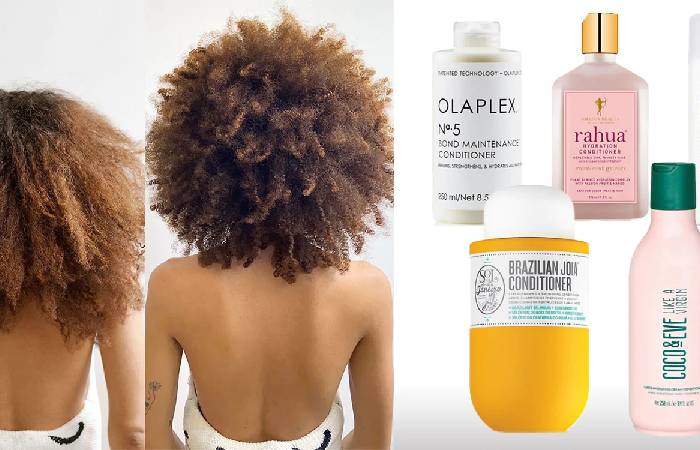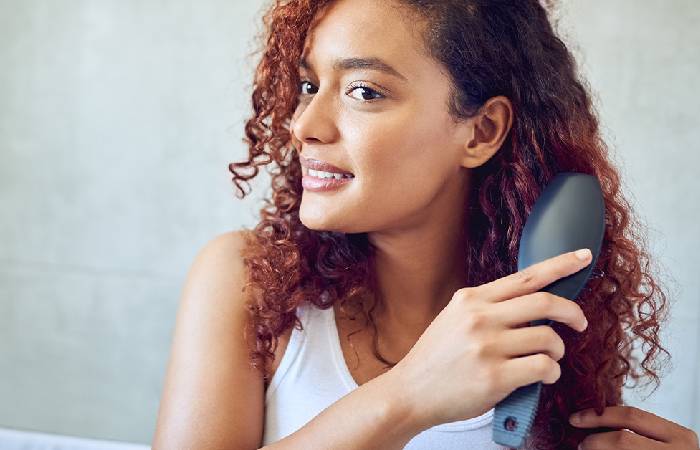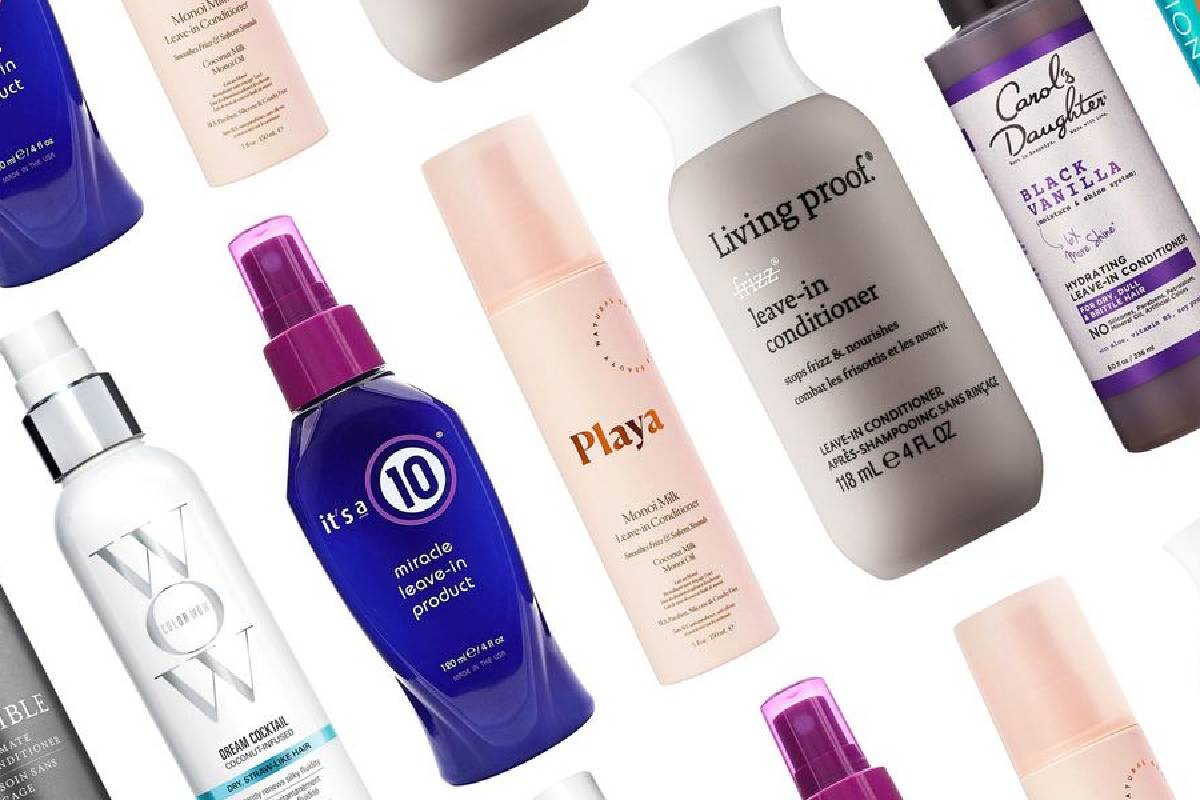Hair Conditioners – Receiving silky, glamorous hair is a process, especially if you’re working to repair previous damage. A solid hair routine usually uses the best shampoos, conditioners, hair masks, and oils. If you use styling tools frequently, you know the value of investing in a good conditioner that will keep your locks looking soft and healthy. While your shampoo removes oil from your scalp, conditioners are designed to replenish moisture and hydration in specific areas. Having coloured hair, dry hair, fine hair or textured hair is a factor to consider when shopping for hair products.
How to Choose the Right Conditioner?

Before you add anything to your cart, you need to identify your hair goals to find the perfect product for you. “A good conditioner targets the specific needs of your hair,” Devin Toth, a hairstylist at Salon SCK in New York, tells SELF. “It’s as heavy or light as you need it to be. It enhances your curls, prolongs your hair colour, and doesn’t fade or bring vibrancy to dull hair. It depends on your goals.
While identifying what you want from your conditioner is a big step in the right direction, Hair and Co BKLYN hair artist Dan Williams adds that your conditioner should provide “immediate nourishing and detangling benefits.” He tells himself, “The conditioner is design to be manageable and seal the cuticle for a truly nourished feel.”
Taking the right ingredients in your conditioners also influences their overall effectiveness. Our experts share that hyaluronic acid, hydrolyzed vegetable protein, vitamins, jojoba oil, rosemary oil, caffeine, shea butter, and argan oil are star elements. Check the list of ingredients.
How to Apply the Hair Conditioners?

“You know your hair conditioners is employed if your hair is soft, shiny, and easy to comb and slide through your fingers,” says Toth. Factors like how long you leave your hair conditioners in before rinsing it out and how you apply your conditioner are vital to achieving this. “The correct way to apply conditioner is to the ends of your hair first, then everywhere. You don’t need to apply it directly to your scalp unless it’s specifically marketed as a scalp conditioner,” says Toth. Brushing the conditioner into the hair with a wide-toothed comb allows for optimal distribution. Toth recommends a wide-toothed comb made from recycled plastic from Kitsch and Crown Affair’s Carrara Comb, which is made from 100% plant-derived cellulose acetate.
As for how long you should keep the conditioner on, Williams shares that it depends on the product you use. “I always tell my clients to shadow the builder’s instructions,” he tells SELF. “I usually say no extra than 10 minutes is fine, and make sure you always brush your hair with the conditioner applied,” he explains.
What is the difference between a Deep Conditioner and a Hair Mask?
We know it can be stimulating to learn about all the different hair care products. Luckily, we’re here to clarify it for you so you can be a certified expert hairdresser. So when do you use a deep conditioner instead of a conditioner? “Deep conditioners are fortified with extra properties that penetrate deeper into the cuticle and provide longer-lasting nourishment,” says Williams. “I usually only recommend a deep conditioner for dry hair that needs intense hydration or chemically compromised hair that requires a lot of protein and strength. Regular conditioners can still be very strengthening but with less lasting benefits. The bottom line, a deep conditioner is essentially a higher quality, more concentrated product.

